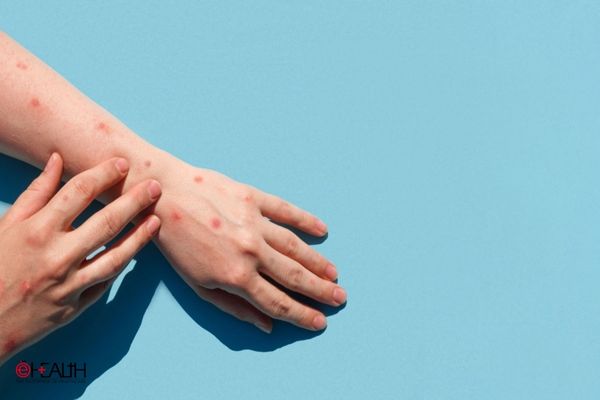Safety and efficacy of tecovirimat for the… Leave a comment
The antiviral tecovirimat emerges to be safe and effective for the treatment of monkeypox symptoms and skin lesions, as per a new study.
Tecovirimat (TPOXX) is an FDA-approved antiviral drug for the remedy of smallpox. It restricts viral spread in the body by hampering the outcome of the protein involved in releasing the enveloped virus.
Lead author Angel Desai from the University of California, Davis stated, “We have very limited clinical data on the use of tecovirimat for monkeypox infection. There is much to learn about the natural progression of the disease and how tecovirimat and other antivirals may affect it.
As of August 22, the recent international seizure of monkeypox has directed to more than 45,500 cases. While symptoms usually resolve on their own in two-to-four weeks, a recent study showed that 13 per cent of patients needed hospitalisation.
For the new study, published in the journal JAMA, the team included 25 patients with monkeypox who were given tecovirimat therapy.
Patients with skin lesions in numerous body parts or in sensitive areas such as the face or genital region were proposed oral tecovirimat treatment. The treatment was weight-based, given every eight or 12 hours, and was taken within 30 minutes of a high-fat meal.
In total, 25 patients, all males, confirmed monkeypox infection and completed a course of tecovirimat therapy. Their age ranged from 27 and 76 years (the median age was 40).
Only one patient had the vaccine that was taken more than 25 years ago and four others received a dose of Jynneos vaccination after symptoms started.
The study also discovered that 92 per cent of patients had lesions in their genital or anal area. While all patients contained painful lesions, around half had fewer than 10 lesions over their entire body.
On average, the patients had signs or lesions for 12 days before they started their antiviral treatment.
Fever was the most common symptom (76 per cent of the patients), followed by fatigue (32 per cent), sore throat (20 per cent), and chills (20 per cent). Other symptoms included backache (12 per cent), muscle pain (eight per cent), nausea (four per cent) and diarrhoea (four per cent).
All patients achieved the tecovirimat therapy and abode their treatment well. They were feted for two weeks, except for one patient who was treated for 21 days.
On day seven of therapy, 40 per cent of patients had healed from their lesions. By day 21, 92 per cent had healed and were pain-free.
Follow and connect with us on Facebook, Twitter, LinkedIn, Elets video





